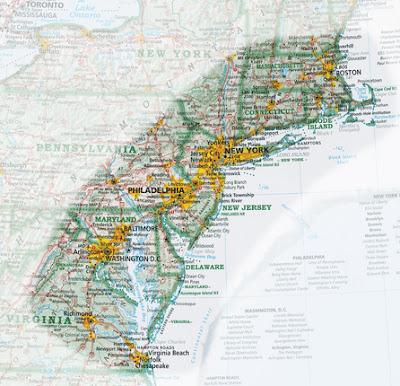The Atlantic Periphery and Solvang shares little similarity. They're located on the opposite sides of the nation with both a physical gap and time difference. Regions in that Atlantic Periphery has cool to mild summers and cold, snowy winters, which is clearly different from Solvang. First of all, it does not snow in Solvang during winters. It is much colder in the Northeast than it is in California. As previously discussed, weather in Solvang is quite nice with plenty of sunlight 360 days of the year.
 |
| http://media.morristechnology.com/mediafilesvr/upload/manteca_bulletin/article/2012/03/28/solvang-front.jpg |
The only similar aspect that the two share is a strong sense of place. The majority of the residents in Solvang are Danish, and their community shares a strong bond. They have gathered together since the days of the city's beginning as colonists until the city turned itself into a tourist attraction after World War II. Since it is a small city with a population of approximately 5000 people, it is quite different from the big city in that people share a more intimate relationship with their neighbors. Also, although it is not as dominant as it is in Solvang, tourism is also a source of business in the Atlantic Periphery as well.



댓글 없음:
댓글 쓰기